Growth in Paints and Coatings Sector
The paints and coatings sector is experiencing significant growth, which is likely to bolster the Tall Oil Rosin Market. With a projected CAGR of 4.5% through 2027, the demand for eco-friendly and high-performance coatings is on the rise. Tall oil rosin is increasingly incorporated into formulations due to its ability to enhance gloss and improve drying times. This trend aligns with the broader movement towards sustainability, as manufacturers seek to reduce volatile organic compounds in their products. The integration of tall oil rosin in paints and coatings not only meets regulatory requirements but also caters to consumer preferences for environmentally friendly options, thereby driving market growth.
Expansion of the Personal Care Industry
The personal care industry is witnessing a notable expansion, which appears to positively influence the Tall Oil Rosin Market. With a growing emphasis on natural and sustainable ingredients, tall oil rosin is being utilized in various personal care products, including cosmetics and skincare formulations. The market for personal care products is expected to reach USD 500 billion by 2025, with a significant portion attributed to the incorporation of natural resins. This trend suggests that tall oil rosin may become increasingly prominent in personal care applications, driven by consumer demand for safe and effective products. The versatility of tall oil rosin in enhancing product performance further solidifies its position in this expanding market.
Rising Demand in Adhesives and Sealants
The increasing utilization of tall oil rosin in adhesives and sealants is a notable driver for the Tall Oil Rosin Market. As industries such as construction and automotive expand, the need for high-performance adhesives grows. Tall oil rosin, known for its excellent adhesion properties, is increasingly favored in formulations. The market for adhesives is projected to reach USD 60 billion by 2026, with tall oil rosin playing a crucial role in this growth. This trend indicates a robust demand for tall oil rosin, as manufacturers seek sustainable and effective solutions. Furthermore, the versatility of tall oil rosin in various applications enhances its appeal, suggesting a sustained upward trajectory in the market.
Technological Innovations in Production
Technological advancements in the production of tall oil rosin are likely to enhance the efficiency and quality of the Tall Oil Rosin Market. Innovations such as improved extraction methods and refining processes are being developed to maximize yield and reduce costs. These advancements not only improve the economic viability of tall oil rosin but also enhance its properties, making it more appealing for various applications. As production techniques evolve, the market may witness a surge in high-quality tall oil rosin, which could attract new customers and applications. This trend indicates a promising future for the industry, as technological innovations pave the way for enhanced product offerings.
Increased Focus on Sustainable Materials
The heightened focus on sustainability is a critical driver for the Tall Oil Rosin Market. As industries strive to reduce their environmental footprint, the demand for renewable and biodegradable materials is surging. Tall oil rosin, derived from pine trees, is a renewable resource that aligns with these sustainability goals. The market for sustainable materials is projected to grow significantly, with tall oil rosin positioned as a key player in this transition. This shift not only reflects changing consumer preferences but also regulatory pressures for greener alternatives. Consequently, the tall oil rosin market is likely to benefit from this trend, as manufacturers increasingly seek sustainable solutions in their product offerings.



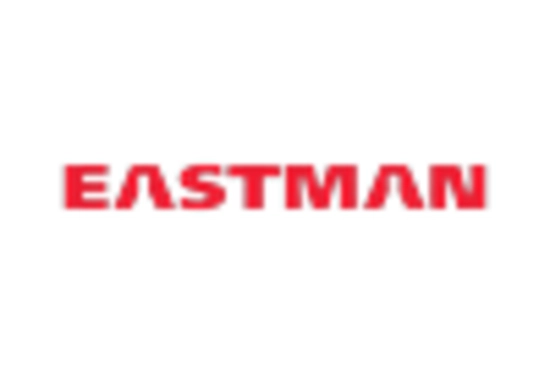
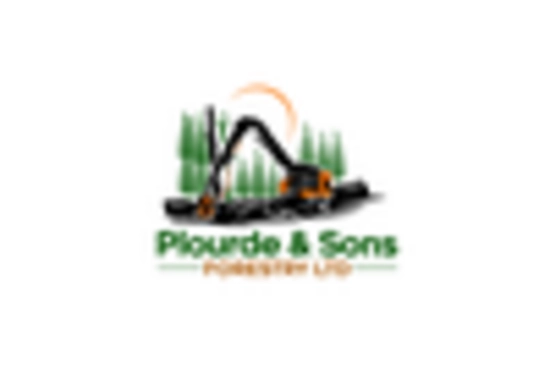
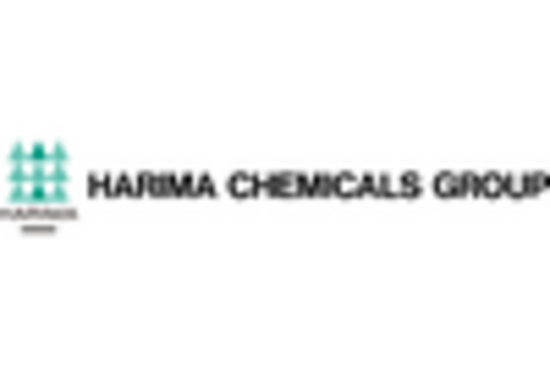
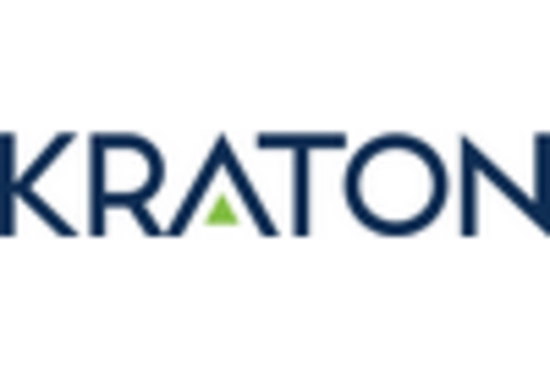
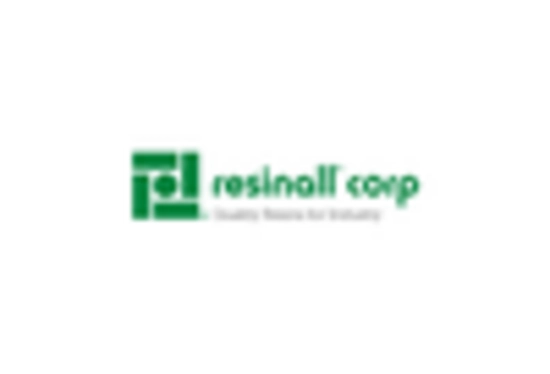
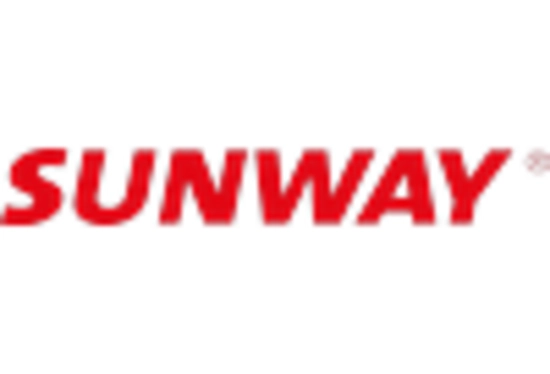








Leave a Comment